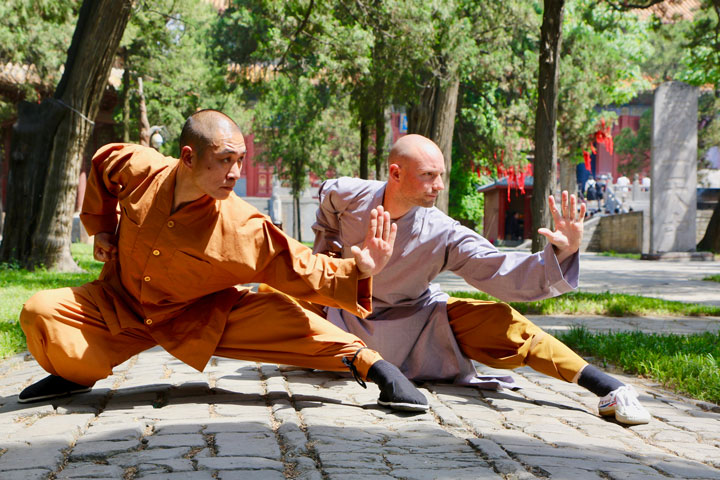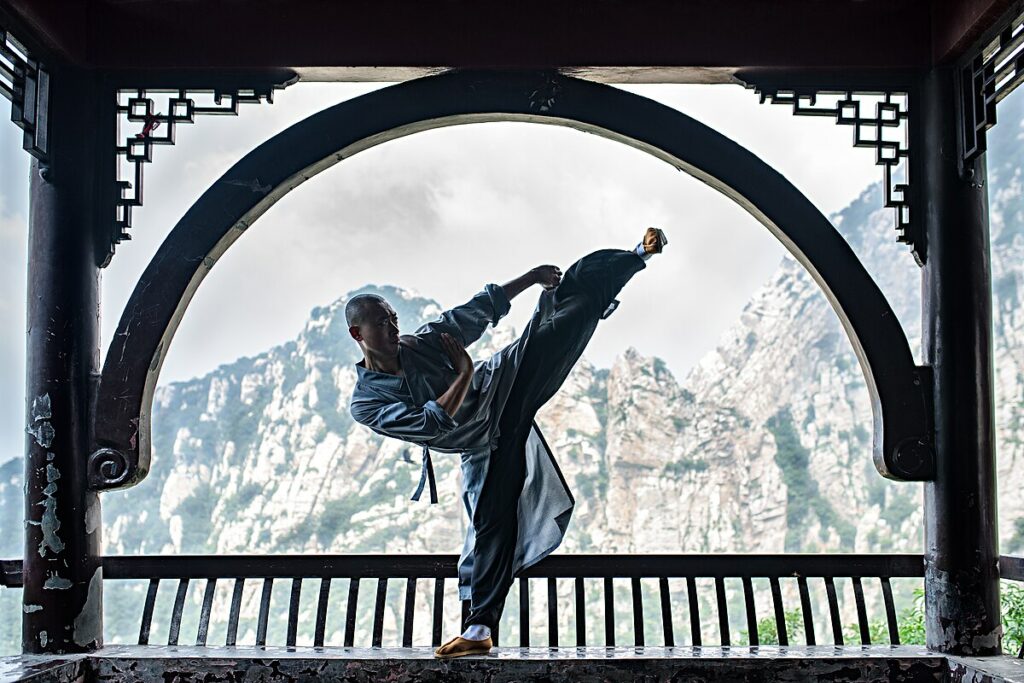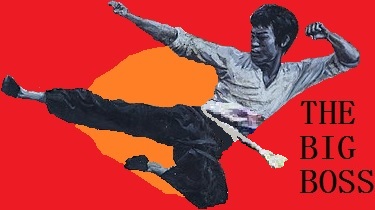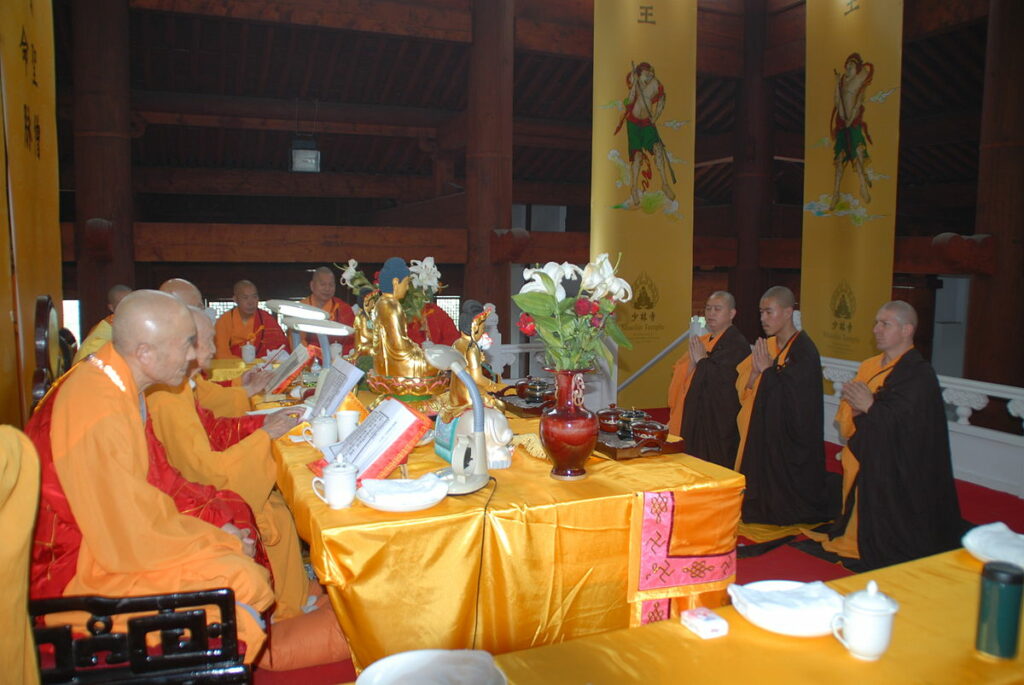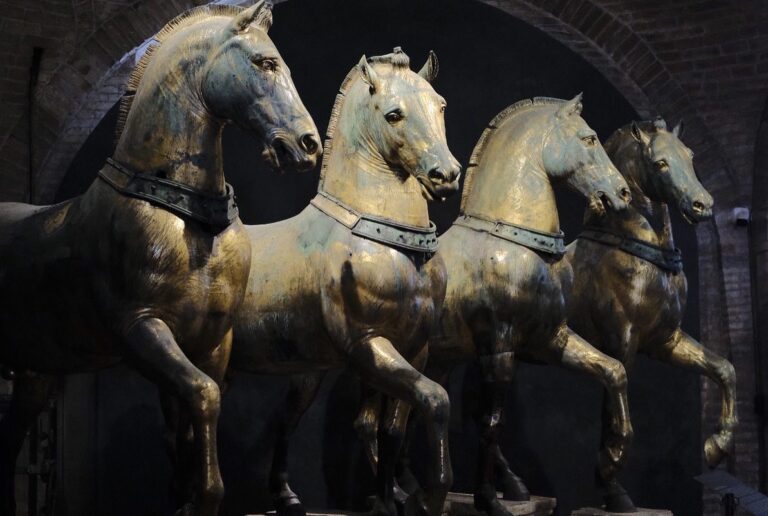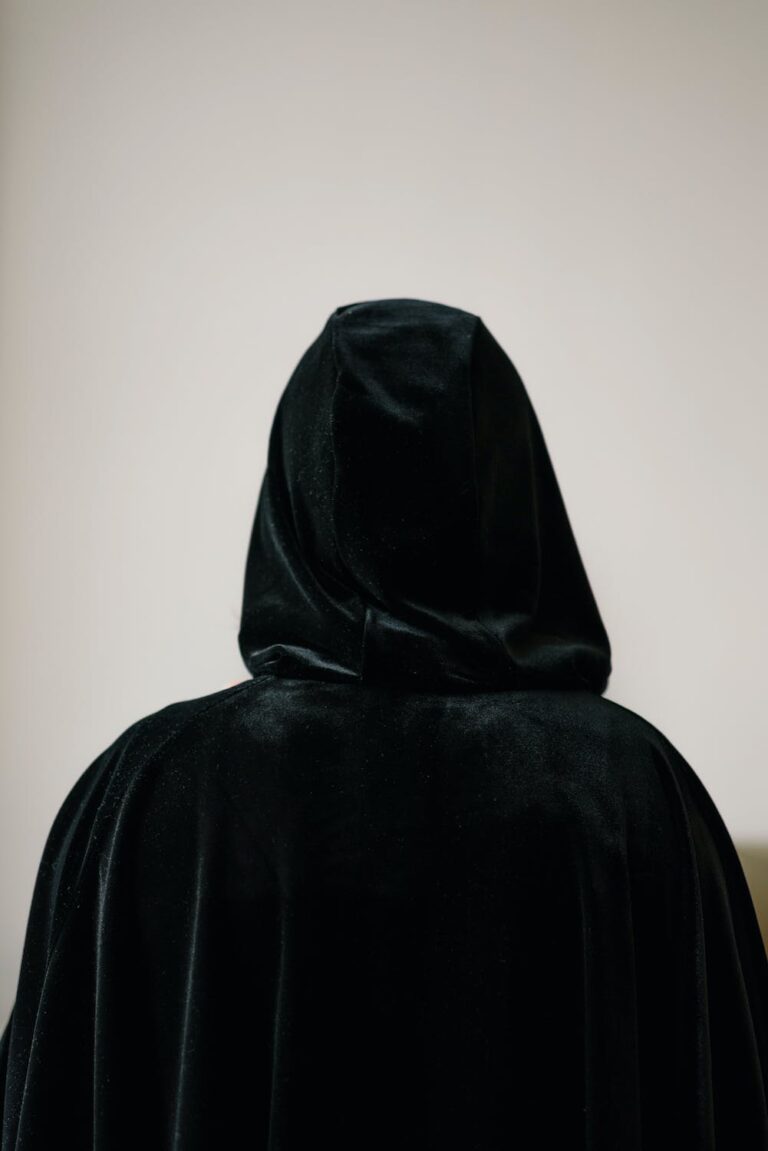The Enduring Legacy of Shaolin Culture
A Blend of Zen and Martial Prowess
Within the dense forests of China’s Henan Province, stands the Shaolin Temple, a cradle of ancient wisdom. A testament to a unique blend of Zen Buddhism and martial arts. For centuries, Shaolin culture has captivated the world’s imagination, merging spiritual depth with physical mastery in a way that transcends the borders and limits of the human body.
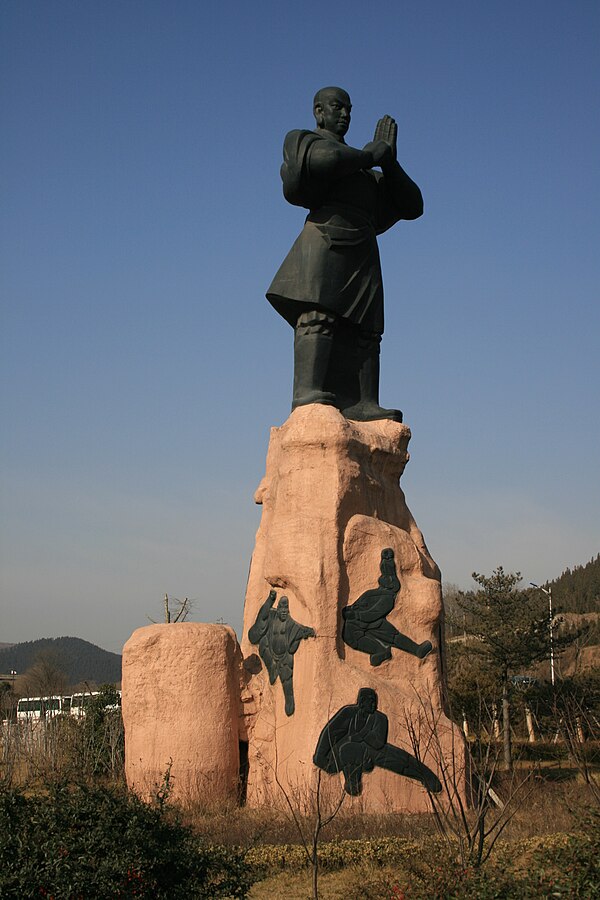
The Origins
The story of Shaolin begins in the 5th century with the arrival of the Indian monk Bodhidharma (known as Damo in China) at the Shaolin Temple. He introduced a special meditation technique called “Chan,” later known as “Zen” in Japan. However, it was his incorporation of physical training – precursors to Shaolin Kung Fu – that laid the foundation for a culture that harmoniously blends spirituality with martial prowess.

Zen and Martial Arts
The essence of Shaolin culture lies in its surprising yet profound fusion of Zen Buddhism and martial arts. This symbiosis is predicated on the belief that spiritual and physical training are complementary. The Shaolin monks practice Kung Fu not only for self-defense but as a path to self-awareness and enlightenment. The rigorous physical discipline aids their meditation, helping them achieve a state of ‘Wu Wei’ or ‘effortless action,’ where mind and body are in perfect harmony.
The Shaolin Warrior Monks
The warrior monks are embodiments of discipline, strength, and spiritual insight. Their day begins before dawn with chanting and meditation, followed by hours of Kung Fu training. This training includes mastering various weapons, animal-inspired fighting styles, and the famous ‘Iron Body’ techniques, which are a testament to the monks’ extraordinary control over their bodies.
Cultural Impact and Global Influence
Shaolin culture has left an indelible mark on global culture. The 1970s saw a surge in the popularity of Kung Fu movies in the West, often featuring Shaolin monks as protagonists who upheld justice and moral integrity. This Hollywood portrayal, albeit romanticized, played a pivotal role in introducing Shaolin culture to a worldwide audience.
Moreover, Shaolin philosophy has influenced various spheres, including health, fitness, and even corporate leadership, emphasizing qualities like resilience, focus, and balance.
Challenges and Preservation
Despite its popularity, Shaolin culture faces challenges. The commercialization of the Shaolin Temple and Kung Fu, along with concerns about the dilution of traditional practices, has raised questions about the preservation of this ancient heritage.
Efforts are being made to protect and promote authentic Shaolin culture. These include cultural exchange programs, global Shaolin centers, and even digital archiving of ancient texts and practices.
More info
Fun Fact: Did you know that the Shaolin monks’ training regimen includes a unique practice known as “Iron Shirt” Qigong? This ancient technique involves rigorous exercises and breathing methods to toughen the body to an extraordinary extent. The result? Monks can withstand strong blows and even bend spears with their throats, demonstrating an incredible level of physical resilience and control that defies ordinary human capabilities! This practice is a vivid illustration of the extraordinary physical and mental discipline that defines Shaolin culture.
If you enjoyed this journey into Shaolin culture, check out our other articles by clicking the button below.

